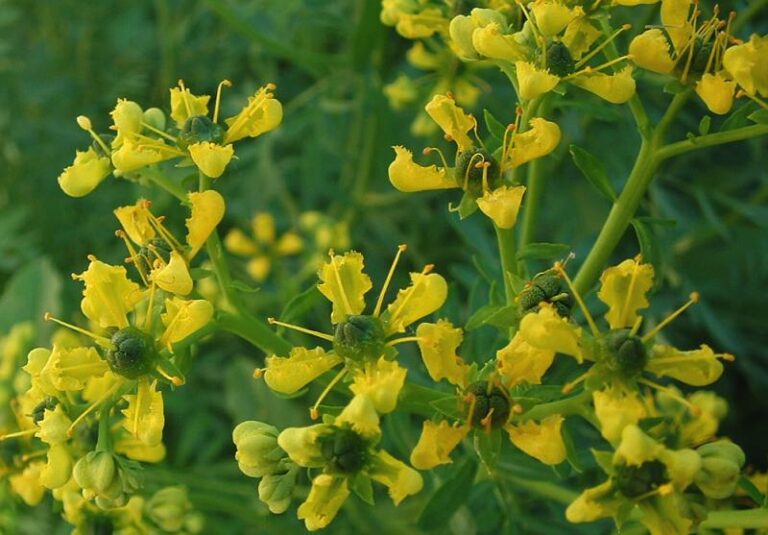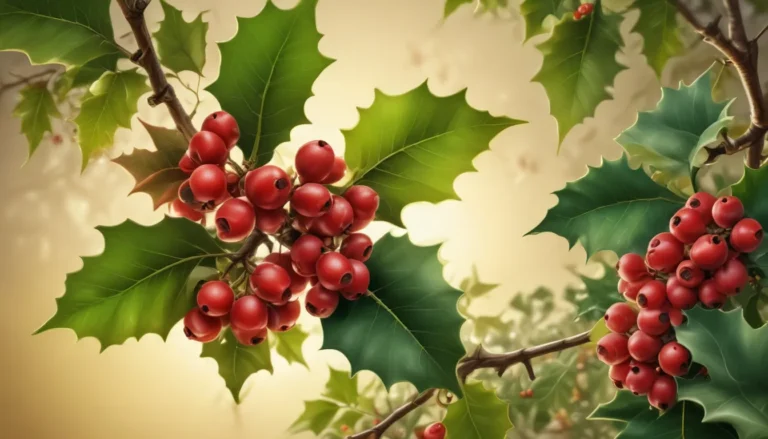The pictures we use in our articles might not show exactly what the words say. We choose these pictures to make you interested in reading more. The pictures work together with the words but don’t take their place. The words still tell you the important facts.
Jack pine (Pinus banksiana) is a unique tree species that thrives in challenging environments, playing a crucial role in the ecosystem of North America. From its hardy nature to its ecological significance, there is much to uncover about the jack pine. In this article, we will delve into 10 intriguing facts about this iconic tree, shedding light on its extraordinary features and ecological importance. Whether you are a nature enthusiast, a botany student, or simply curious about the natural world, join us on a journey to discover the captivating world of the jack pine.
Key Takeaways
- Jack pine thrives in harsh environments like sandy soil and harsh climates. Its serotinous cones require fire to release seeds, aiding in forest regeneration.
- The jack pine is a keystone species vital for wildlife and holds cultural and historical significance. Conservation efforts are essential to protect this iconic tree species.
Jack Pine: Thriving in Harsh Environments
Jack pine is renowned for its ability to flourish in challenging environments, including nutrient-poor soils and harsh climates. This hardy tree is commonly found in areas with sandy or rocky soil, particularly in the boreal forests of North America.
Serotinous Cones: A Unique Adaptation
One of the most distinctive features of the jack pine is its serotinous cones. These cones are sealed with resin that only melts with the intense heat of a forest fire, allowing the seeds to be released and ensuring the next generation of jack pines can take root in the newly cleared and fertile soil.
Unique Cone Structure
The cones of the jack pine have a unique curved appearance with a sharp, prickly texture. These cones play a crucial role in seed dispersal, making them a defining characteristic of the species.
The Keystone Species: Supporting Biodiversity
As a keystone species in its ecosystem, the jack pine provides vital habitat and food sources for various wildlife species, including birds, mammals, and insects. Its presence has a profound impact on the biodiversity of the areas it inhabits.
Culture and History
The jack pine holds cultural and historical significance, especially among Indigenous communities. It has been used for crafting tools, building shelters, and traditional medicine, highlighting its importance beyond its ecological role.
Commercial Uses: Beyond Ecological Importance
Apart from its ecological significance, the jack pine has practical commercial applications. It is utilized in the timber industry for lumber, pulpwood, and wood chips, contributing to sectors such as construction, paper production, and bioenergy.
Environmental Restoration Efforts
Due to its crucial role in post-fire regeneration and its ability to thrive in disturbed landscapes, the jack pine is often included in reforestation and ecological restoration efforts. This aids in the recovery of ecosystems impacted by natural or human-induced disturbances.
Vulnerability to Pests
While resilient in many aspects, the jack pine is susceptible to certain pests and diseases, including the destructive jack pine budworm. Understanding these threats is essential for implementing effective management strategies to protect jack pine populations.
Longevity and Growth Patterns
Jack pines exhibit remarkable longevity, with some individuals living for several centuries. Their slow growth rate in early years is compensated by accelerated growth as they mature, contributing to the dynamic structure of forests where they are prevalent.
Conservation Concerns
Conservation efforts are vital to safeguard the jack pine and its associated ecosystems. Threats such as habitat loss, climate change, and invasive species emphasize the importance of proactive conservation measures to preserve this iconic species for future generations.
The jack pine's resilience, ecological significance, and cultural relevance make it a captivating subject for ecological studies, conservation initiatives, and appreciation of the intricate connections between plants and their surrounding environments. Whether in the context of forest management, biodiversity conservation, or educational outreach, the multifaceted nature of the jack pine continues to inspire and intrigue researchers, conservationists, and nature enthusiasts alike.
Conclusion: Appreciating the Jack Pine
In conclusion, the jack pine is a fascinating and resilient tree species that plays a crucial role in the ecosystem. Its unique features, such as serotinous cones and fire-adapted traits, make it a remarkable species with the ability to thrive in challenging environments. Understanding the ecological significance and cultural importance of the jack pine enriches our appreciation for this remarkable tree. Whether providing habitat for wildlife, supporting biodiversity, or contributing to the timber industry, the jack pine's impact is undeniable. As we study and conserve this iconic tree, we ensure its enduring presence in our forests for generations to come.
FAQs
What are the main characteristics of the Jack pine?
Jack pine, also known as Pinus banksiana, is a hardy coniferous tree with short, twisted needles and distinctive serotinous cones. It thrives in nutrient-poor soils and exhibits remarkable adaptability to harsh environmental conditions, such as cold climates and dry, sandy terrain.
How does the Jack pine contribute to the ecosystem?
The jack pine plays a vital role in supporting biodiversity by providing habitat for various wildlife species. Its serotinous cones release seeds in response to fire, facilitating forest regeneration and contributing to the overall resilience of the ecosystem. Additionally, the tree's wood is utilized in various industries, including construction and paper production, highlighting its economic significance.
Engaging with Our Content
Our commitment to delivering trustworthy and engaging content drives our efforts to provide valuable insights and information to our readers. Each fact on our site is contributed by real users, ensuring a diverse range of perspectives. Our dedicated editors meticulously review each submission to guarantee accuracy and credibility. Trust in our commitment to quality and authenticity as you explore and learn with us.






